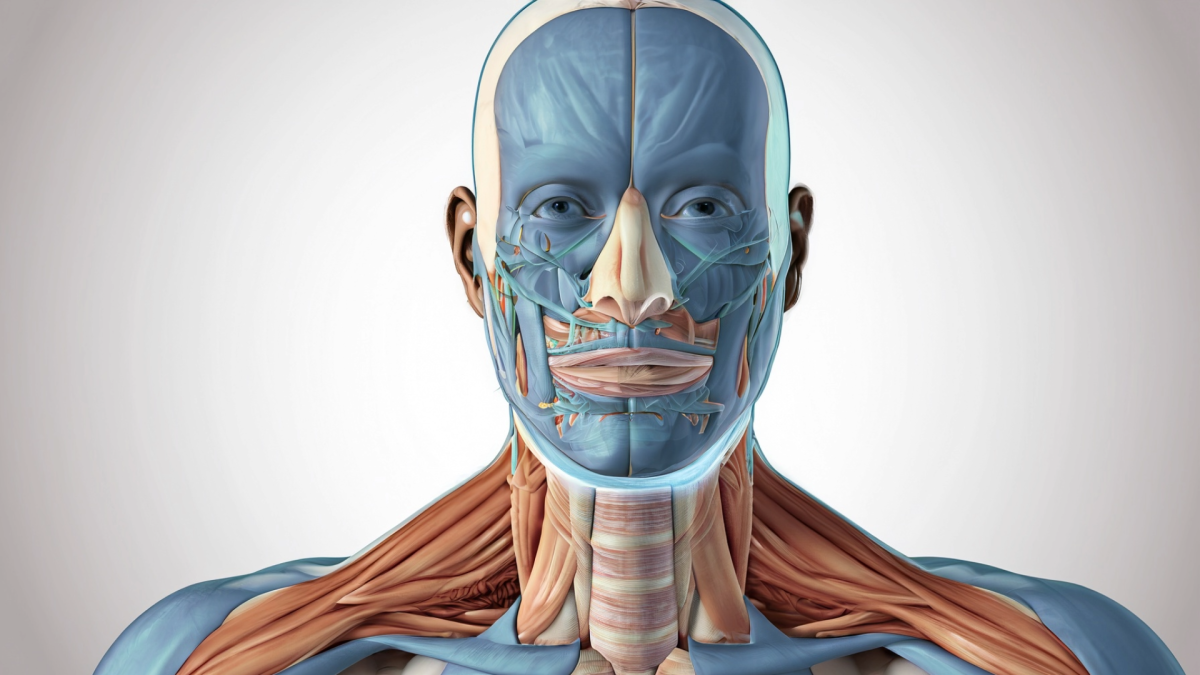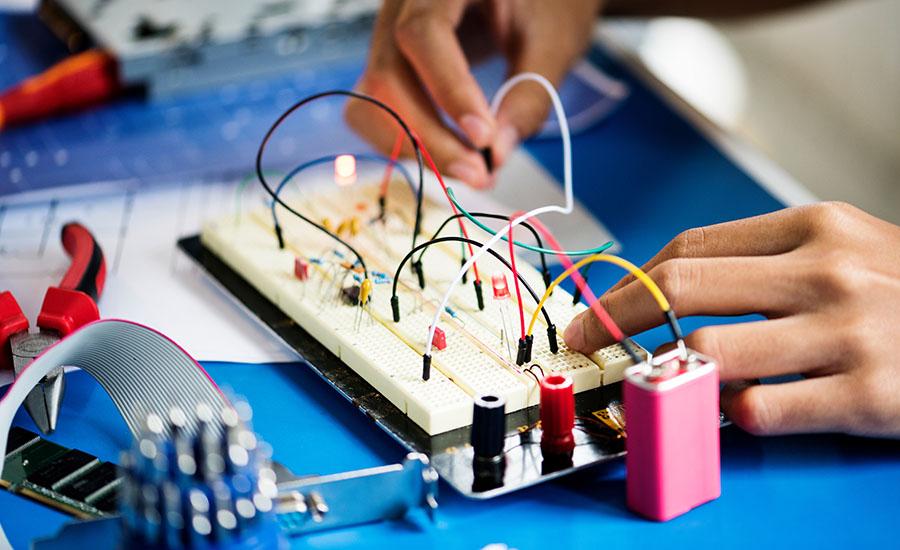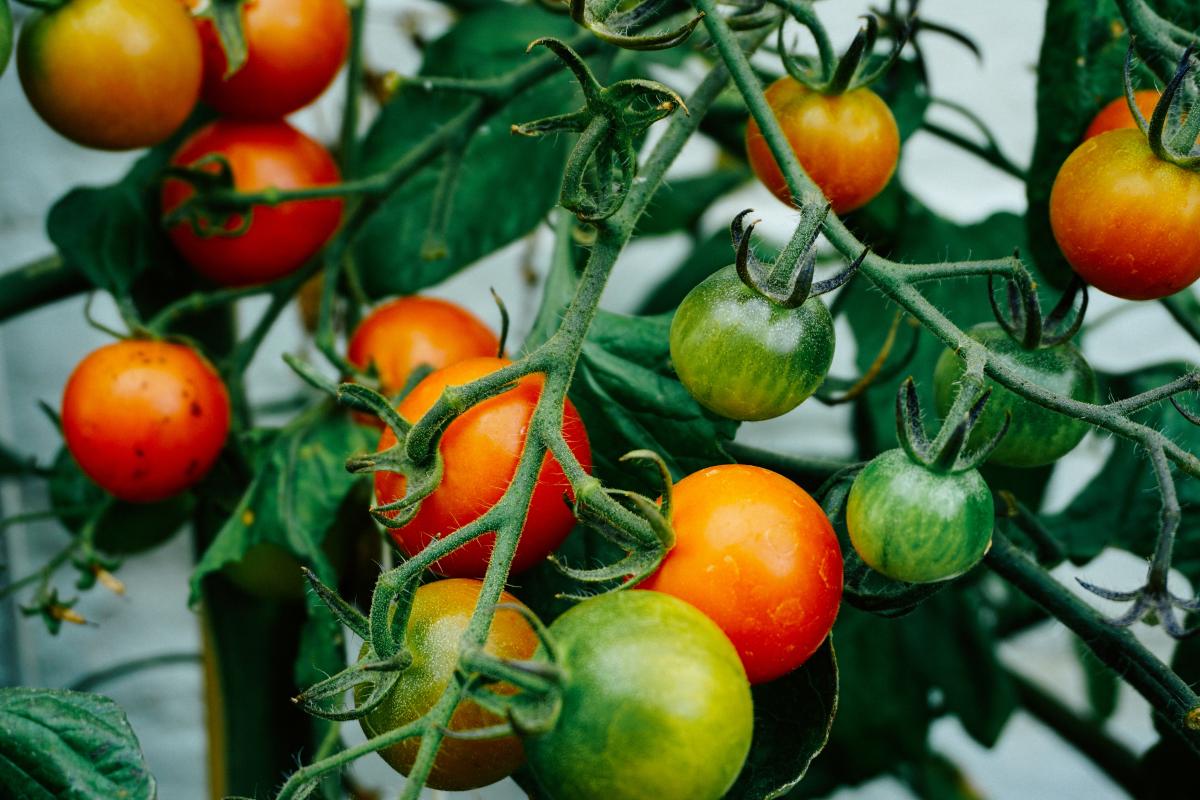
Biomimicry and Conserving Desert Resources Part 1
In this lesson, students will learn about desert plant and animal adaptations and the concept of biomimicry. Students will discuss examples of biomimicry in nature and in the real world and will explore reasons why and how society can mimic biological strategies to address needs. Students will work in groups or with partners to research a desert species and observe the form and function of specific structures in that species that have developed over the course of evolution to solve problems with conditions in desert ecosystems. Students will then design and sketch a real-world replacement of all or part of the species they chose using the principles of biomimicry.
Lesson Plan Link/URL
https://docs.google.com/presentation/d/1UKfnYRchHn8bWZzt0NlCIyqwEWvx22y4/edit?u…Related Content

This engaging lesson has students create a dynamic poem, using at least 3 particular Literary Elements, that describes the form and function of a particular Anatomy & Physiology term. The students

In this lesson, students use a pHet simulation to derive Ohm's law. Students will be able to describe Ohm’s law with a formula and through written expression.

The lesson plan challenges students to integrate research, agricultural principles, and engineering concepts, sparking their creativity in designing efficient and sustainable hydroponic setups. From